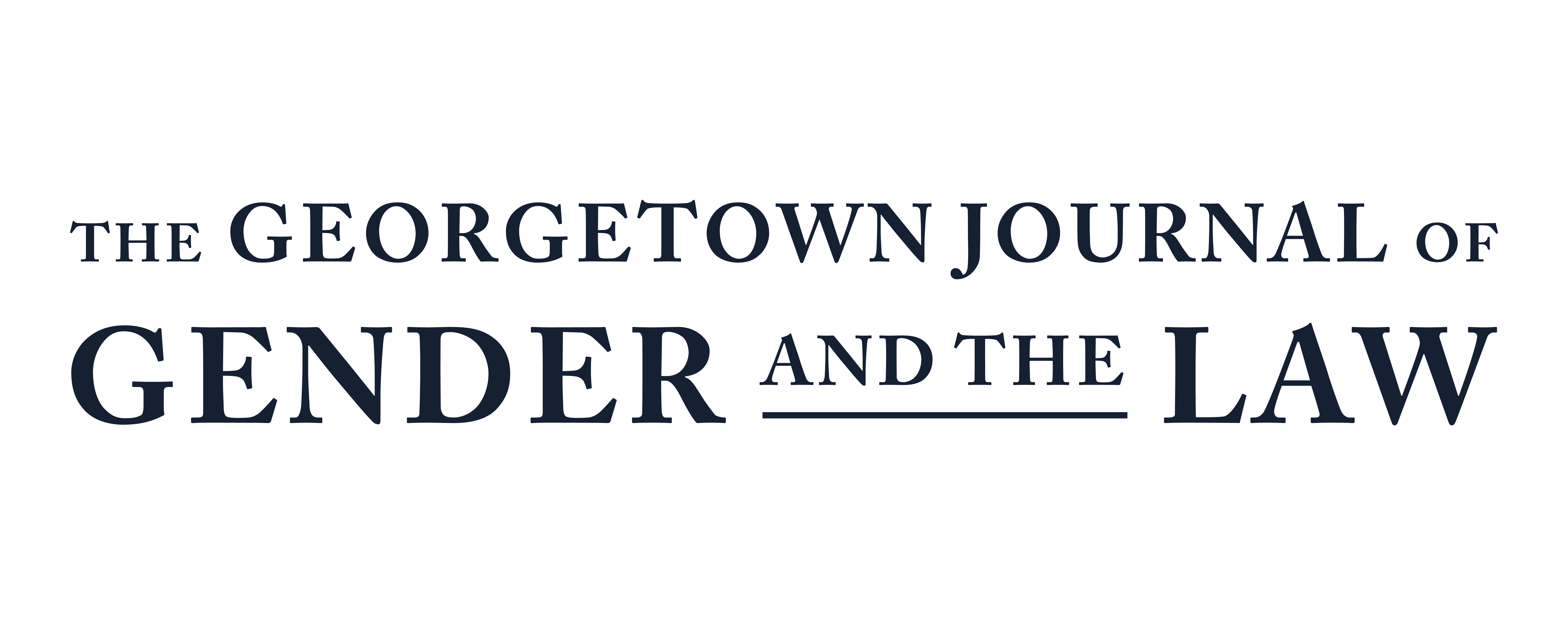Assisted Reproductive Technologies
The U.S. Code defines Assisted Reproductive Technology (ART) as any treatment or procedure that includes the handling of human eggs (oocytes) or embryos. ARTs have made parenthood possible for individuals and couples who, for a variety of reasons, are unable to reproduce through sexual intercourse. Despite enabling the creation of new families, ARTs present doctrinal issues that were not contemplated before the emergence of a field combining U.S. law and human reproductive medicine in 1981. These new risks have led to novel legal disputes, and, in the absence of comprehensive federal regulation, states have struggled to adapt existing legal theories—such as contract, tort, and property law—to the emerging scenarios presented by advances in ART.
While the federal government did enact the Fertility Clinic Success Rate and Certification Act, which does address the industry, the Act explicitly bars federal regulation of the “practice of medicine in assisted reproductive technology programs.” States have largely declined to directly regulate ART in the absence of federal regulation. Unlike the strict regulations associated with medications and medical devices, the federal government plays only a modest role in directly regulating innovative medical procedures such as ARTs. In total, ART procedures are divided into five sources of regulation: (1) self-regulation by the industry; (2) indirect regulation by the federal government through statutes and federal agencies indirectly overseeing reproductive medicine; (3) indirect regulation by the state government under various common law doctrines and licensing requirements; (4) direct regulation by the federal government; and (5) direct regulation by the state government under state statutes. The sole federal law that explicitly regulates the infertility industry is the Fertility Clinic Success Rate and Certification Act of 1992. The Act creates a system by which clinics must systematically report their pregnancy success rates—calculated by live birth rates—to the Center for Disease Control (CDC). This information is then made available to the public. One criticism of the Act is that the only real consequence of non-reporting of the data is that the non-reporting clinic’s name is included in the annual report, resulting in potential reputational damage. The Food and Drug Administration (FDA)’s legal recommendations concerning tissue donation have been promulgated through guidelines created by the Uniform Parentage Act (UPA), the Uniform Probate Code (UPC), and a Model Act adopted by the American Bar Association (ABA). States are not required to adopt model acts or uniform codes, and none have adopted the ABA Model Act. State legislatures and judges have attempted to clarify some of the legal issues, but state-by-state variations in statutory language and judicial precedent persist. This Article will focus on the legal landscape surrounding ARTs. Part II provides an overview of ARTs and describes the medical procedures employed and any potential risks to offspring. Part III will discuss the general legal uncertainty lurking in various areas of state regulation concerning ARTs, as well as implications for insurance for the procedures. Part IV will discuss specific challenges same-sex couples face regarding utilization of ARTs. Finally, Part V will discuss the legal issues associated with future regulation of ART.
Assisted Repro Tech AR23
